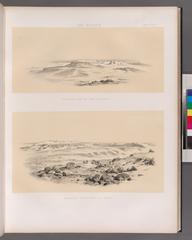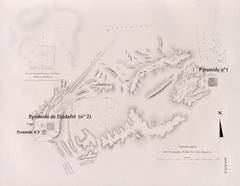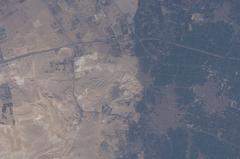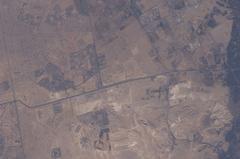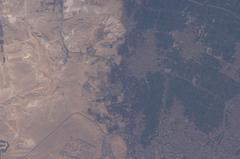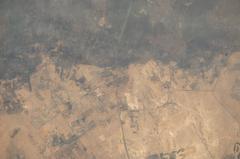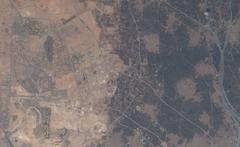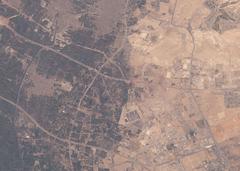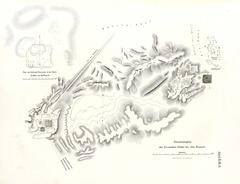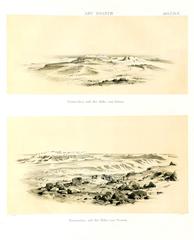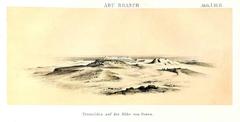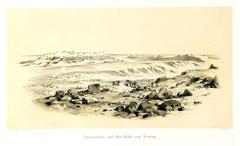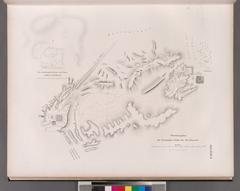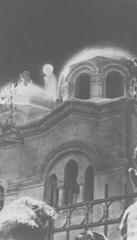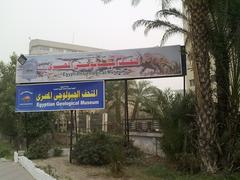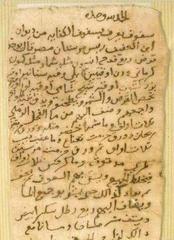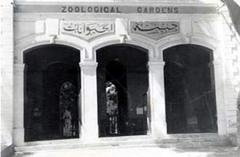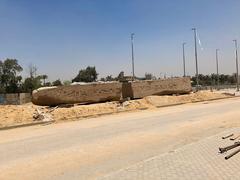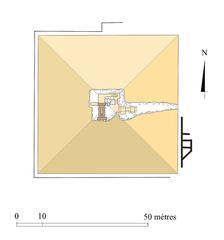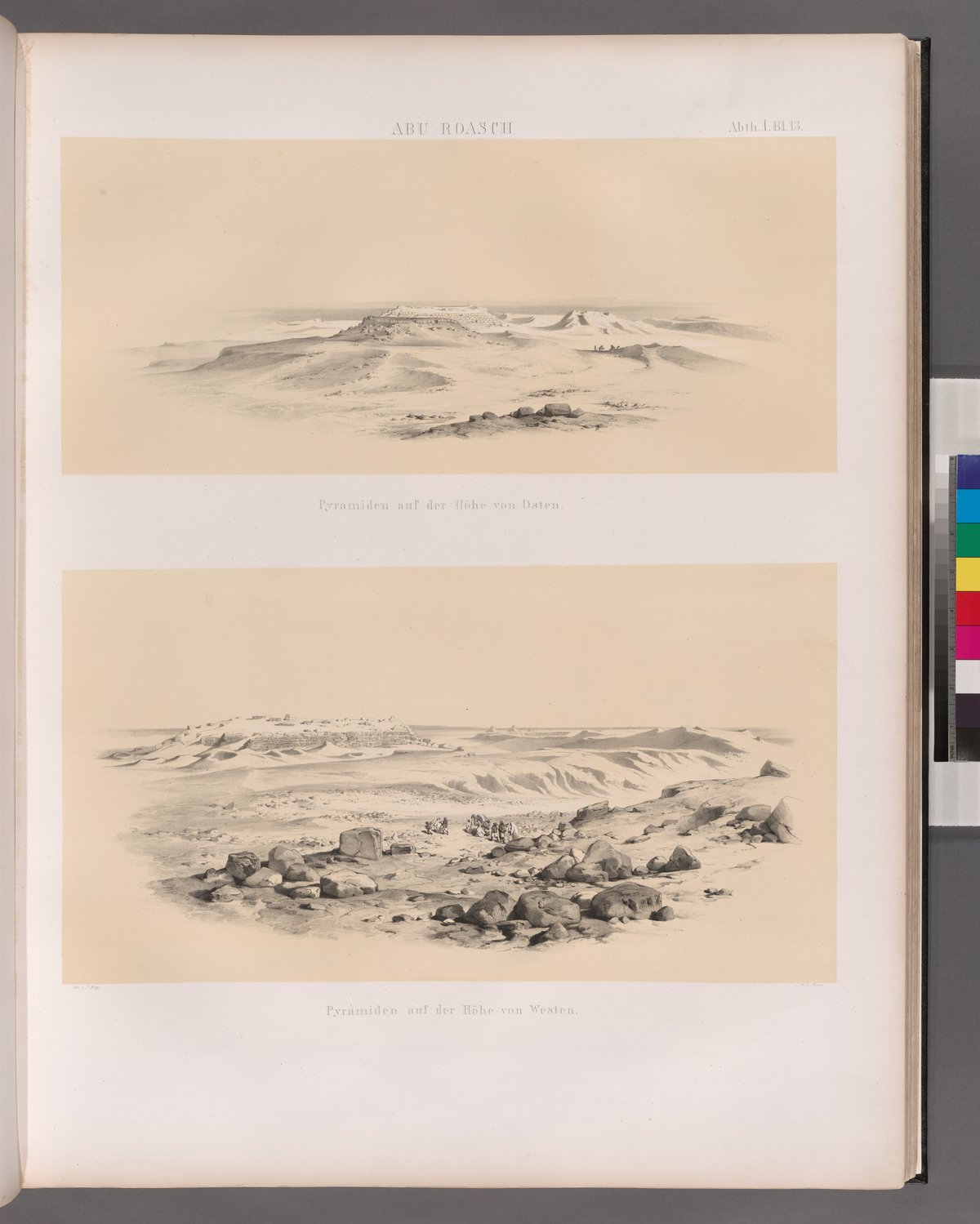
Abu Rawash: Visiting Hours, Tickets, and Historical Sites in Giza Governorate, Egypt
Date: 14/06/2025
Introduction
Abu Rawash, located just north of Cairo in the Giza Governorate, is one of Egypt’s most intriguing yet underappreciated archaeological sites. Best known for the Pyramid of Djedefre—the northernmost pyramid complex in Egypt—Abu Rawash offers a rare opportunity to explore layers of ancient history, from the First Dynasty through the Coptic era. The site is part of the broader Memphite Necropolis and includes elite tombs, early funerary boats, and panoramic views of the Nile Valley.
This comprehensive guide presents everything you need to know for a successful visit: historical background, practical visitor information (including Abu Rawash visiting hours and tickets), travel tips, accessibility details, and nearby attractions. Whether you’re a dedicated Egyptophile or a curious traveler, Abu Rawash promises a unique experience away from the crowds.
For the latest visitor information, refer to resources like Ancient Egyptian Facts, Audiala, and the Egyptian Ministry of Tourism.
Table of Contents
- Introduction
- Historical Background
- Visiting Abu Rawash: Hours, Tickets, and Travel Tips
- Site Highlights and Archaeology
- Practical Tips for Visitors
- Nearby Attractions
- Frequently Asked Questions (FAQ)
- Summary and Recommendations
- References
Historical Background
Early Dynastic Significance
Archaeological evidence demonstrates that Abu Rawash has been used as a burial ground since the First Dynasty (c. 3100–2890 BCE). Its elite cemetery, known as Cemetery M, sits on a prominent rocky spur and contains at least 25 mud-brick tombs from the Naqada IIIC2 phase. These tombs, with stone portcullises and subsidiary burials, reveal the status and funerary practices of Egypt’s early elite, including the oldest known funerary boats—highlighting the river’s symbolic importance in the afterlife (archeonil.com).
Artifacts inscribed with the names of kings such as Hor-Aha and Den affirm the site’s importance during Egypt’s formative period. Unlike the planned arrangements at Giza, Abu Rawash’s mastabas are more dispersed, reflecting a less centralized approach to royal burial traditions (ancientegyptianfacts.com).
The Pyramid of Djedefre
The centerpiece of Abu Rawash is the Pyramid of Djedefre, constructed by Khufu’s son and successor during the Fourth Dynasty (c. 2570 BCE). Djedefre’s choice to build here, rather than at Giza, may have religious or ideological motives—possibly tied to the solar cult of Ra, given the site’s proximity to Heliopolis (thebrainchamber.com). Though much of the pyramid was quarried in antiquity, it was originally similar in size to the Pyramid of Menkaure at Giza, with a base length of about 106 meters (famousbuildings.net). The mortuary temple is unusually positioned to the north, and the complex includes a satellite pyramid and causeway.
Visiting Abu Rawash: Hours, Tickets, and Travel Tips
Visiting Hours and Tickets
- Standard Opening Times: Typically open daily from 8:00 AM to 4:00 or 5:00 PM. Hours may change due to archaeological work or public holidays. Always confirm current times before your visit (Audiala).
- Tickets: Entrance is generally around 80–100 EGP for foreign visitors, with discounts for students and nationals. Some tours include tickets; on-site purchase is usually cash only. There is no official ticket office as of June 2025, so arrangements may vary by operator (Ask Aladdin).
How to Get There
- By Car/Taxi: Abu Rawash is approximately 8 kilometers north of Giza and 20 kilometers from central Cairo. Taxis, private cars, or ride-hailing apps are the most practical options. Organized tours often include transport (Sun Pyramids Tours).
- Public Transport: Limited. Not recommended for most visitors (Audiala).
Accessibility and Facilities
- Terrain: The site is rugged and uneven, with rocky and sandy ground. Not suitable for wheelchairs or those with limited mobility.
- Facilities: Minimal—no restrooms, cafes, or shaded areas on-site. Bring water, snacks, and sun protection (Local Guide to Egypt).
- Safety: Stay on marked paths and avoid climbing ruins.
Site Highlights and Archaeology
Cemetery M and Mastabas
Cemetery M is one of the oldest elite cemeteries in Egypt, with large mudbrick mastabas dating to the First Dynasty. These tombs, featuring stone portcullises and subsidiary burials, illustrate early funerary architecture and social hierarchy (archeonil.com).
Funerary Boats and Key Artifacts
Abu Rawash is famed for the discovery of the earliest known funerary boats in Egypt, emphasizing the symbolic journey to the afterlife. Artifacts include inscribed stone vessels and statuary fragments, some of which are displayed at the National Museum of Egyptian Civilization (ancientegyptianfacts.com).
Modern Excavation and Preservation
Ongoing excavations by international teams have revealed new insights into the site’s chronology and social organization. Visitors may encounter restricted areas due to archaeological work (Anthropology Review). Conservation remains a challenge due to past quarrying and urban encroachment.
Practical Tips for Visitors
- Clothing: Modest, lightweight attire; hats and sunglasses strongly recommended (Sun Pyramids Tours).
- Footwear: Sturdy shoes for rocky terrain (Audiala).
- Supplies: Bring water and snacks; no on-site vendors.
- Photography: Permitted, but drones are prohibited (Find Love and Travel). Professional equipment may require permits.
- Etiquette: Do not climb ruins or disturb artifacts. Polite declines work with vendors, though Abu Rawash is less commercialized than other sites.
- Guided Tours: Strongly recommended—expert guides can enhance understanding and may facilitate access to restricted areas (Archaeological Paths).
Nearby Attractions
- Giza Plateau: The iconic pyramids and Sphinx, 8 kilometers south.
- Saqqara and Memphis: Home to Egypt’s first pyramid and ancient capital.
- National Museum of Egyptian Civilization (NMEC): Exhibits Abu Rawash artifacts, including funerary boats (NMEC).
Frequently Asked Questions (FAQ)
Q: What are the visiting hours?
A: Generally 8:00 AM to 4:00 or 5:00 PM, but hours may change. Confirm before visiting.
Q: How much are tickets?
A: Around 80–100 EGP for foreigners; check with tour operators for updates.
Q: How do I reach Abu Rawash?
A: By taxi, private car, or organized tour from Cairo or Giza.
Q: Is the site accessible for people with disabilities?
A: No, the terrain is rugged and not wheelchair-friendly.
Q: Are there restrooms or shops?
A: No; bring your own supplies.
Q: Is photography allowed?
A: Yes, but drones are not permitted.
Summary and Recommendations
Abu Rawash is a rewarding destination for those seeking to explore Egypt’s hidden archaeological treasures. Its significance as the site of Djedefre’s Pyramid and ancient elite necropolis offers deep insight into the evolution of royal funerary architecture and early state formation. With limited facilities and rugged terrain, preparation is key: bring water, sun protection, and sturdy shoes. Guided tours are highly recommended for context and convenience.
Combine your visit with nearby sites such as the Giza Plateau and Saqqara for a comprehensive exploration of ancient Egypt. Stay updated on access, hours, and conservation efforts by checking resources like Audiala and Ask Aladdin.
Download the Audiala app for offline maps, guided tours, and real-time updates on Abu Rawash and other historical sites. Respect local customs, support conservation, and enjoy your journey into Egypt’s ancient past.
References and Further Reading
- Ancient Egyptian Facts
- Archeonil
- The Brain Chamber
- Famous Buildings
- The Past
- Egyptopia
- Ask Aladdin
- Audiala
- Sun Pyramids Tours
- Archaeological Paths
- Anthropology Review
- Trending American
- Egypt Tours Expert
- Local Guide to Egypt
- Find Love and Travel
- National Museum of Egyptian Civilization
- Egyptian Ministry of Tourism
